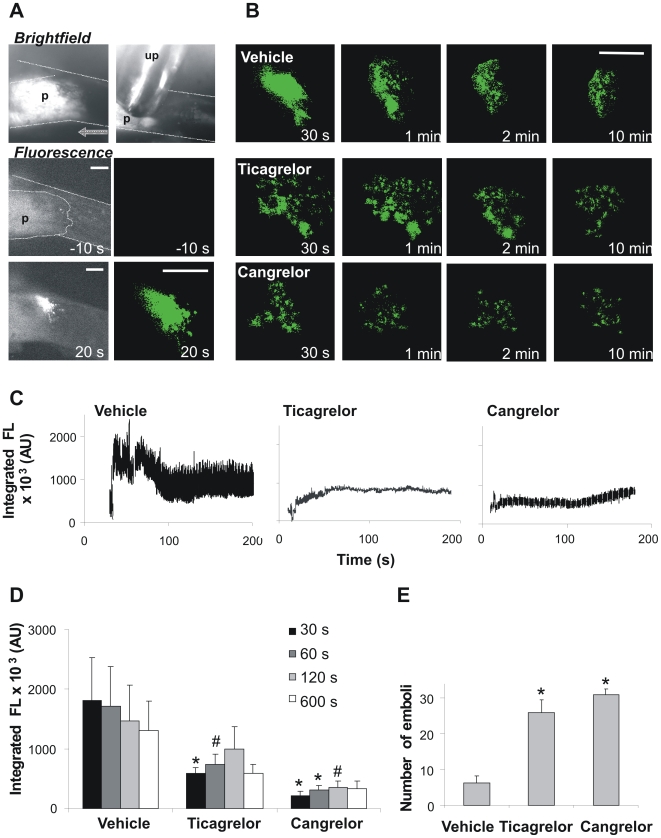Figure 1. Inhibition of P2Y12 receptors causes unstable thrombus formation on acutely ruptured plaques in mice.
Apoe −/− mice were infused with vehicle solution as a control. Other mice were infused with ticagrelor (210 µg/kg for 1 min, followed by 30 µg/kg/min during the experiment). In the third group of mice, cangrelor was continuously infused at 3 µg/kg/min. Infusion of ticagrelor and cangrelor started at 15 min before ultrasound treatment. (A) Brightfield image of a carotid plaque (p) with ultrasound probe (up). Further, raw fluorescence images (left) and threshold masked images (right) of CFSE-labeled platelets before and after ultrasound treatment. Dotted area indicates location of carotid artery (bars, 100 µm). Time stamps point to images at baseline (−10 s) or after plaque rupture (20 s). (B) Representative threshold masked images of thrombi on ruptured plaques of mice infused with vehicle, ticagrelor or cangrelor (bar, 100 µm). Note the microthrombi with P2Y12 antagonist formed within 1 min of ultrasound treatment. (C) Time-courses of integrated CFSE fluorescence intensity above background (arbitrary units, AU) of representative thrombi formed. (D) Quantification of thrombus size at various time points after ultrasound treatment. Data are integrated fluorescence intensities from threshold masked images. (E) Number of fluorescent emboli shed during 3 min after plaque rupture. Data are means ± SE (n = 3–8), *p<0.05 and # p<0.1 compared to vehicle.

